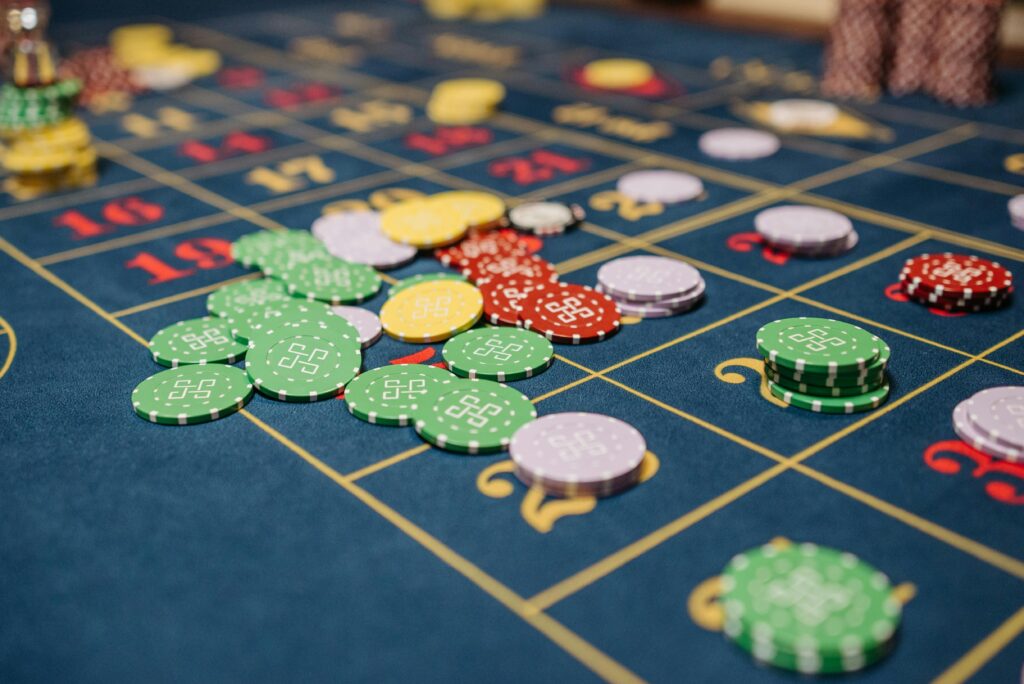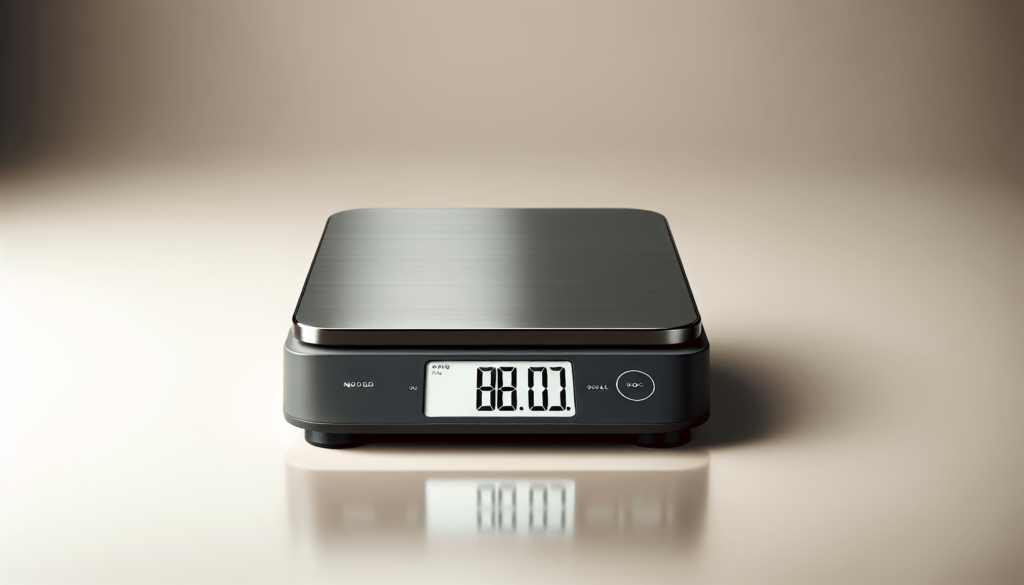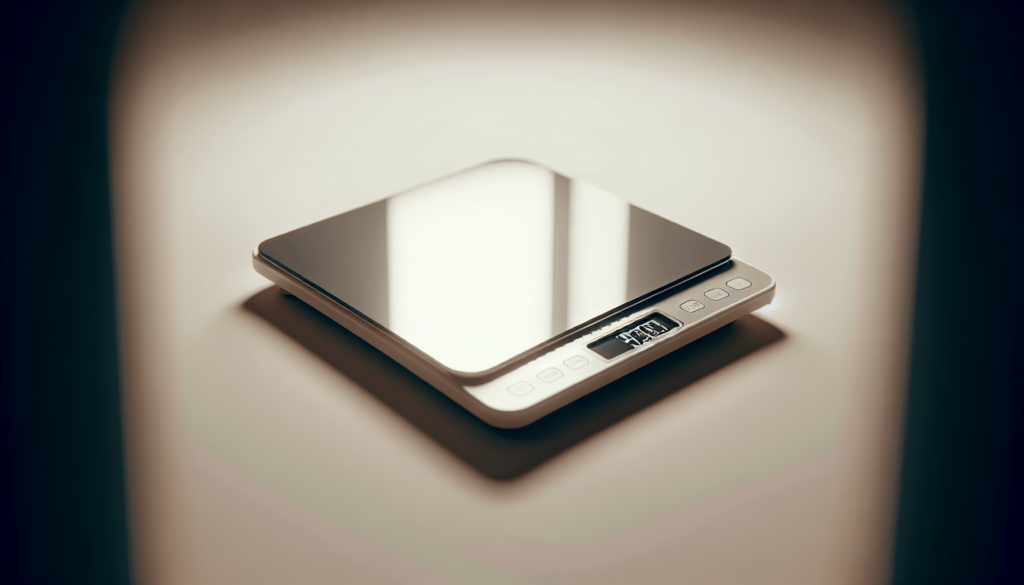How To Calibrate Digital Kitchen Scales

Have you ever wondered why your favorite recipes sometimes don’t come out quite right? It could be that your digital kitchen scale needs calibration. Accurate measurements are crucial in cooking and baking, and a well-calibrated scale can be your best friend in achieving culinary perfection. Let’s explore the world of digital kitchen scale calibration and how you can ensure precise measurements every time.

Understanding Digital Kitchen Scales
Digital kitchen scales are a staple in many households. They provide precision when measuring ingredients, which is vital in cooking and baking. Whether you’re weighing flour for a cake or measuring out spices for a new dish, having an accurate scale can make all the difference. There are several brands available, ranging from OXO to AmazonBasics, each offering unique features but all serving the same essential purpose: accuracy.
Why Calibration is Important
Calibration is the process of adjusting your scale to ensure its measurements are consistent and accurate. Over time, scales can lose their accuracy due to factors like transportation, mishandling, or even regular wear and tear. When your scale is not calibrated correctly, the measurements can be off, leading to unsatisfactory results in your cooking.
Common Brands and their Features
There are numerous brands in the market offering digital kitchen scales. Each brand brings something unique to the table, so it might be useful to understand what your scale offers.
- OXO: Often praised for its user-friendly interface and durability.
- Escali: Known for precision and sometimes used in professional settings.
- Etekcity and Ozen: These are more budget-friendly options but still offer reliable performance.
- My Weigh and Greater Goods: Provide high-capacity scales for bulkier ingredients.
- Nicewell and Kitchen Ready Units: Focus on sleek designs and innovative features.
- AmazonBasics: Offers affordable and straightforward solutions for everyday use.
Steps to Calibrate Your Digital Kitchen Scale
Calibrating your digital kitchen scale may seem daunting, but it’s usually a straightforward task. The process may vary slightly depending on the brand and model, but here’s a general guide to help you through.
Step 1: Prepare Your Scale
Before you begin calibrating, make sure your scale is on a flat, stable surface. This will prevent any false readings during the process. Clean the scale to remove any dust or debris, as this can affect its accuracy as well.
Step 2: Know Your Scale’s Calibration Requirements
Each brand and model have specific calibration instructions. It’s essential to consult your scale’s user manual before proceeding. Some scales require a specific calibration weight, which is usually a standard mass like 500 grams or 1 kilogram. Others have a built-in calibration feature which guides you through the process.
Step 3: Calibration Process
Follow these general steps unless otherwise specified in your manual:
-
Turn on the Scale: Press the power button and wait for it to initialize.
-
Enter Calibration Mode: This might involve holding down a button or a combination of buttons. Your manual will provide the correct instructions.
-
Place Calibration Weight: Once in calibration mode, the scale will likely prompt you to place the calibration weight on the platform. Ensure that the weight is accurate and precisely as specified in your manual.
-
Confirmation: Wait for the scale to recognize the weight and confirm the calibration. It might beep or display a specific symbol to indicate success.
-
Turn Off the Scale: After successful calibration, some scales will turn off automatically, while others may require you to press the power button again.
What to Do if Your Scale Does Not Calibrate
If your scale doesn’t calibrate correctly, try recalibrating with another weight. Ensure there are no obstructions on the platform, and the environment is ideal: flat and free of vibrations. If the issue persists, it might be worthwhile to contact customer support or replace the scale if it’s defective.

Maintaining Accuracy Over Time
Regular calibration ensures consistent accuracy, but maintenance is key to prolonging the life of your scale and preserving its reliability.
Routine Checks
Including a routine check in your kitchen habits can help in maintaining scale accuracy.
-
Regular Cleaning: Keep your scale free from dust, spills, and kitchen grease.
-
Check Batteries: Low battery can affect performance, so always have a fresh set ready.
Storage Habits
Store your scale in a dry place, away from excess humidity or temperature fluctuations. This helps in preventing wear and tear that can affect the internal components of the scale.
When to Calibrate Again
Calibrating every few months or so is ideal, but if you use your scale frequently for precise measurements, consider doing it more often. It’s especially crucial after moving the scale or when making intricate recipes that demand precision.

Choosing the Right Scale for You
When choosing a digital kitchen scale, it’s crucial to consider your needs and preferences. Are you weighing large quantities, or do you need something portable? What’s your budget and how often do you expect to use it?
Capacity & Precision
Evaluate the maximum weight capacity and the precision level your recipes demand. While most scales measure in 1-gram increments, some offer finer precision, which can be helpful when dealing with small quantities.
Features to Consider
Look for features like a tare function, which allows you to subtract the weight of a container from the total weight. This makes it easier to measure the exact weight of the ingredients inside. A backlit display is also handy for visibility, especially in dimly lit kitchens.
Here’s a comparison table for easy reference:
| Feature | Recommended For |
|---|---|
| High Capacity | Bulk ingredient measurements |
| Tare Function | Precision with containers |
| Backlit Display | Poorly lit environments |
| Compact Size | Small kitchens or travel |
Price Range
Prices can vary significantly based on brand and features. Budget options might cost around $10-$20, while scales with more features can range from $30-$50 or more. Consider your budget and how much you’re willing to invest for more advanced features.

Troubleshooting Common Issues
Even the best scales can face issues from time to time. Here are common problems and simple solutions to get your scale back on track.
Inaccurate Readings
If you’re noticing inconsistency in measurements, re-calibrate your scale as a first step. If the problem persists, check if the surface is stable and the batteries are fresh.
Display Problems
A flickering or unclear display could be due to low batteries. Replace them and ensure the battery compartment is clean and free of corrosion.
Buttons Unresponsive
If buttons are sticky or unresponsive, wipe them with a damp cloth. Avoid using excessive water as it might seep into the device.
Scale Not Turning On
In this case, double-check the battery placement and try new batteries. If the issue continues, it might be a manufacturing defect, and consulting the brand’s customer service could be necessary.

Conclusion
Calibrating and maintaining your digital kitchen scale is essential for precise cooking and baking. With so many brands and features available, you can choose a scale that perfectly fits your requirements and budget. Remember, regular calibration and careful maintenance will ensure you get accurate readings every time, helping you create perfect dishes with confidence. By taking the time to understand and care for your scale, you not only enhance your culinary endeavors but also appreciate the art and science of cooking at its finest.
